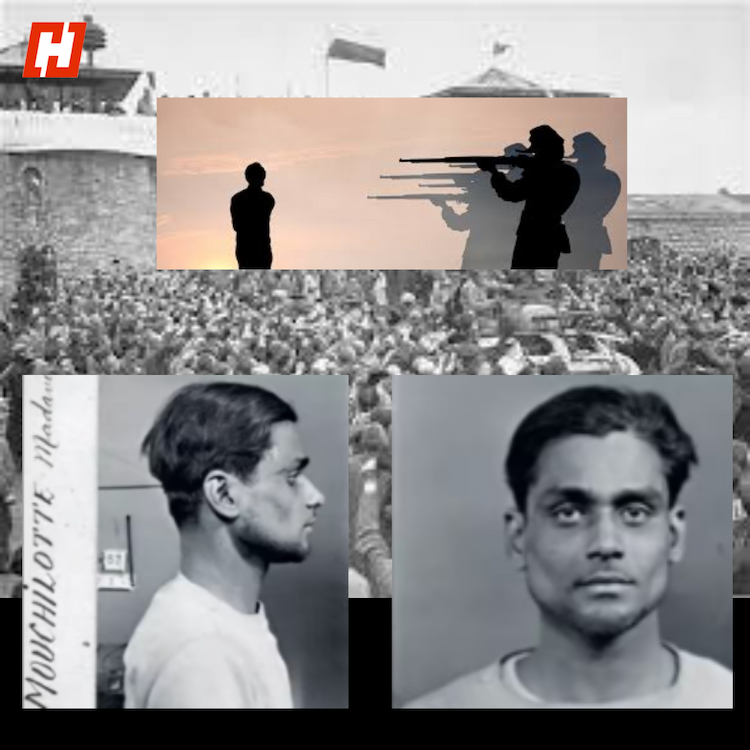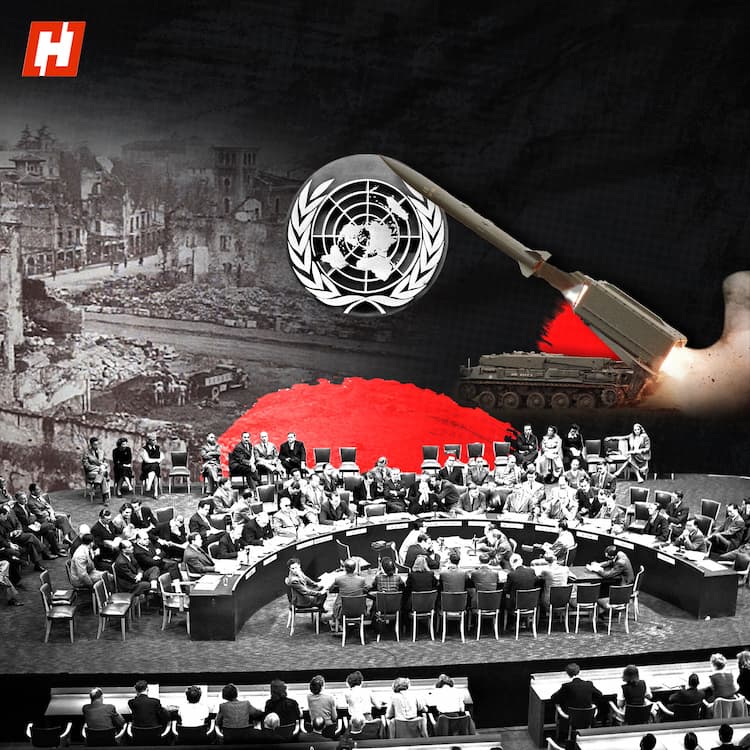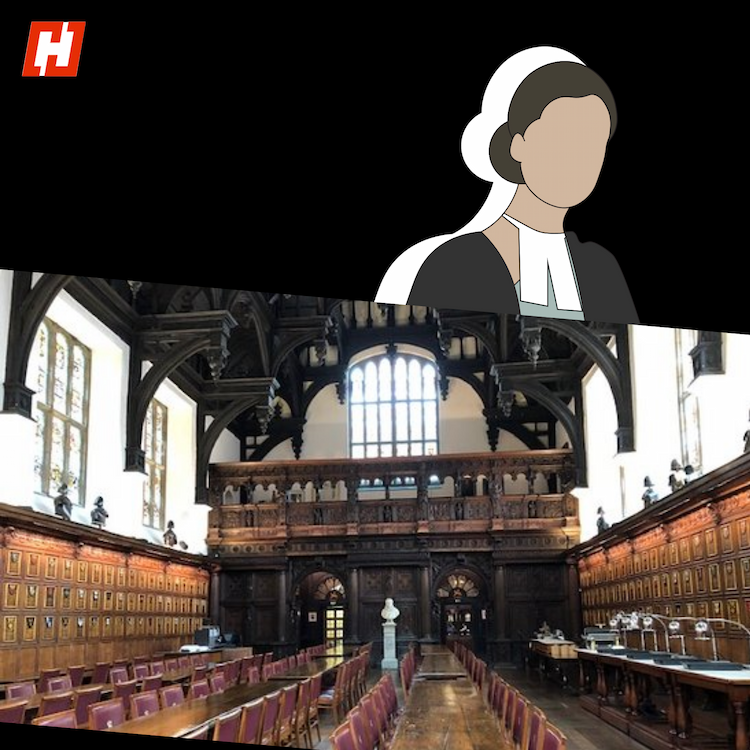The Balochistan Liberation Army (BLA) has released a video of the Jaffar Express hijacking that took place on March 11. The BLA is trying to put forward their version of events during the deadly attack which left dozens of people dead. The BLA militants were shown targeting Punjabi people in particular.
This is a long-running theme of the Baloch insurgency. In April 2024, Baloch militants killed nine Punjabi travellers near Noshki city, after checking their IDs. In October 2023, six Punjabi labourers were shot dead in the Kech district in “targeted killings”. In 2015, 20 construction workers from Sindh and Punjab were gunned down in a labour camp near Turbat.
This ethnic strife has its roots in how Pakistan took over what is now the Balochistan province. Before Pakistan won its independence, Balochistan was divided, with the northern areas under direct British control, and the centre and south split among several princely states. Chief among them was the Khanate of Kalat.
In the months following Pakistan’s independence, the country’s founder, Muhammad Ali Jinnah, tried to persuade the Khan of Kalat, Mir Ahmad Yar Khan Ahmedzai, to accede to Pakistan. He finally agreed on the 27 March 1948. But his brother, Prince Abdul Karim, revolted against the decision. Thus began the first Baloch insurgency in Pakistan.
There have been several phases of armed insurgencies over the years. 1958–59, 1962–63 and 1973–1977. The current conflict has been ongoing since 2003. The Pakistani state has responded with an iron fist. There have been reports of arbitrary arrests, enforced disappearances, torture, and extra-judicial executions. According to the NGO Voice for Baloch Missing Persons, over 5,000 people have gone missing between 2001 and 2017 alone.
Add to this the economic neglect of Balochistan. It is Pakistan’s largest province, constituting 44% of the country’s landmass. It has a population of only about 15 million people. It is rich in mineral resources, like copper, gold, coal, and natural gas. It has a wide coastline along one of the world’s most important shipping lanes. But despite all this, Balochistan is one of the poorest regions of Pakistan.
But the Baloch struggle isn’t just a violent armed militancy. There are peaceful civil society organisations fighting for Baloch rights as well. Organisations like the Baloch Yakjehti Committee. The BYC is primarily led by women activists, who have seen their fathers, brothers and sons disappeared by the Pakistani state. The BYC organises peaceful protests. However, Islamabad calls them an extension of Baloch terror groups. They even imprisoned the BYC’s leader, Mahrang Baloch, in late March, a few days after the Jaffar Express attack. If the space for peaceful protests continues to shrink, there could be a rise in violent Baloch resistance. Including deadly incidents like the Jaffar Express hijacking.





